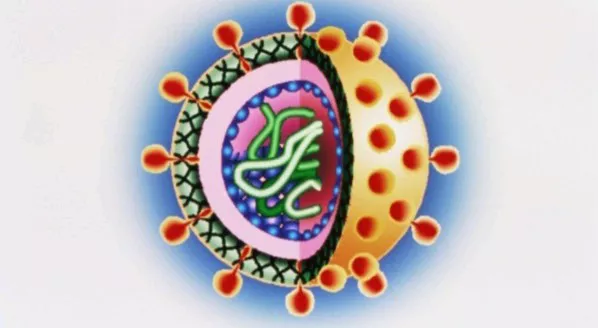Corona Virus (COVID 19) |Nazia Tul Fatah|
Viruses
Viruses are the smallest of all the microbes. They are said to be so small that 500 million rhinoviruses (which cause the common cold) could fit on to the head of a pin. They are unique because they are only alive and able to multiply inside the cells of other living things. The cell they multiply in is called the host cell.
A virus is made up of a core of genetic material, either DNA or RNA, surrounded by a protective coat called a capsid which is made up of protein. Sometimes the capsid is surrounded by an additional spikey coat called the envelope. Viruses are capable of latching onto host...
Viruses are the smallest of all the microbes. They are said to be so small that 500 million rhinoviruses (which cause the common cold) could fit on to the head of a pin. They are unique because they are only alive and able to multiply inside the cells of other living things. The cell they multiply in is called the host cell.
A virus is made up of a core of genetic material, either DNA or RNA, surrounded by a protective coat called a capsid which is made up of protein. Sometimes the capsid is surrounded by an additional spikey coat called the envelope. Viruses are capable of latching onto host...




